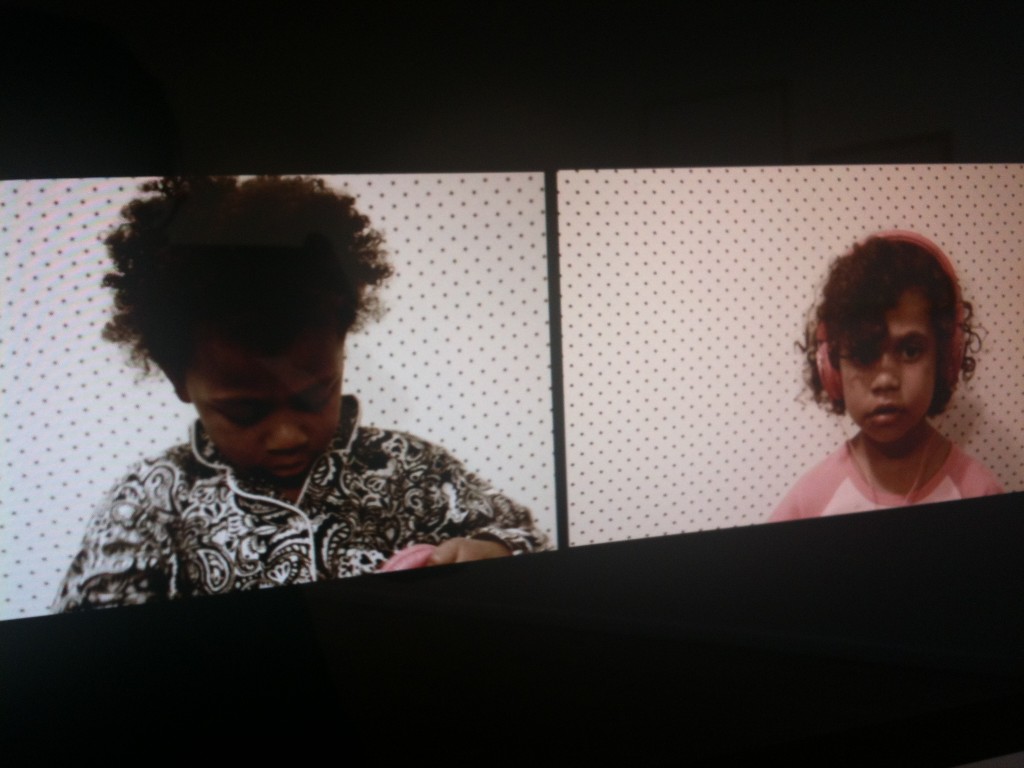
Art is, predominantly, a vehicle for artists to exercise their freedom of expression.
The 18C exhibition at Blak Dot Gallery demonstrates the political power of art by inviting artists to respond to the Australian government’s proposal to repeal a crucial article in the Racial Discrimination Act. Offering an opportunity to artists of all medium to freely express their opinions through their work, is the perfect reminder of our individual liberty in Australia. The exhibiting artists have responded with passion, determined to voice their concerns for the proposed change of law. 18C is not only a purpose-driven artistic statement, it is a powerful reflection of the society that we live in — a society that is divided, however a society of passion, justice and hope.
The irony is, the aim for this exhibition is to protest against the government’s defence of free speech. The logic goes, are we artists biting the hand that feeds us?
The answer is no. The overwhelming response towards 18C demonstrates two things. First, the show reveals that our freedom of expression is often taken for granted in Australia. In most cases, as artists, our expressions are not controlled by authorities, nor are our personal opinions censored. I think it is safe for me to say that artists, or anyone in Australia can, under most circumstances, present provoking views without much worries.
The purpose of art, is fundamentally built on the sort of freedom that we seek in a democratic society: the freedom to communicate ideas. From writing, music, performance to visual arts, artists access such freedom to create work that reflects, challenges and provokes the conditions of our time. Perhaps it is difficult to define what art is, as the meaning of art transforms in the eye of its beholder. However we must agree on the essential condition of art — that it is to realise the freedom of expression. Such freedom fuels our desire to create as much as it feeds our creations. It is such freedom that allows us to share our opinions through artistic means. But while such freedom has a lot to do with what artists make in Australia, we should also consider the power these culture makers have and by extension, the way that such power is being managed. This leads to my second point.
18C reveals our social responsibility that is absolutely crucial when we harness the power of free speech. In John Stuart Mill’s influential essay ‘On Liberty‘ (1859), he argued that the ‘fullest liberty of expression‘ should push arguments and discussions to their logical limits, but only when such liberty is fulfilled rightfully. Mill argued that the ultimate purpose of such freedom is for the common good of a civilised society and therefore, the limit of free speech should be based on the society’s moral conscience where nobody is harmed. When one is harmed by other’s speech, such freedom reaches its limit and the argument of free speech is no longer valid.
And this, is where the meaning of free speech differentiates between the 18C artists and the argument by Attorney-General and Minister for the Arts George Brandis. Artists access their freedom of expression to engage in provoking dialogues, to imagine the future, to better our society. In the case of 18C exhibition, the artworks presented are motivated by a sense of justice, the artists believe they have the political power to create work that inspire the public to ‘do the right thing’. Because we understand, the proposed change of law is beyond Mill’s limitation for free speech. It crosses the line. It crosses the line when it is a law that allows ‘bigotry’ comments to be said, published and shouted at. It crosses the line when we know, for certain, that it will cause harm to others, and us.
Freedom of expression is important. I would not be publishing this if it were not for my right to do so. Without such freedom, 18C exhibition would not have happened. Participants would not be inspired. There would not be art. But this is precisely why we must defend freedom of expression in rightful ways. The idea of freedom might be self-determined, our moral compass is not. It is everyone’s responsibility to defend such freedom morally, so that our society can continue to grow while artists, creators, commentators can continue to challenge the conditions of our time. Freely. Justly.

